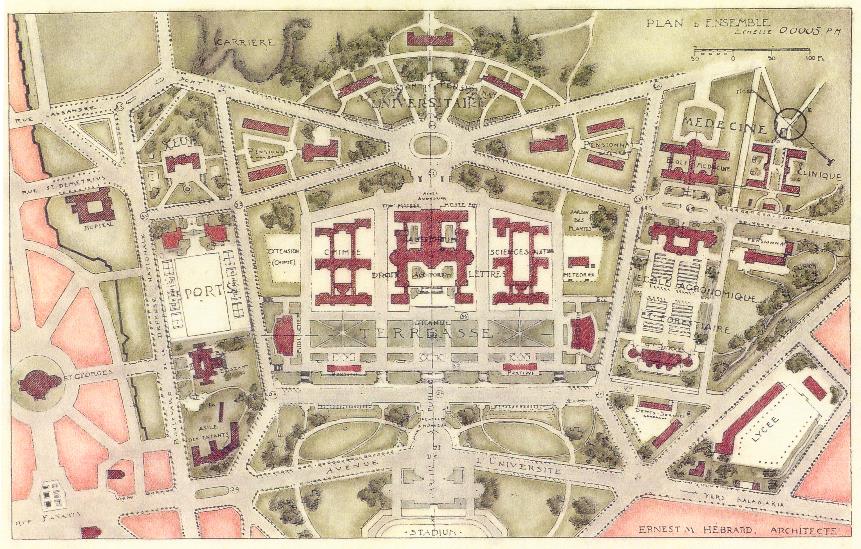The planning of Thessaloniki university campus The importance of a long-term planning
Athina Vitopoulou, A. Yerolympos

Abstract
The paper explores the conception and creation of the first university campus during the interwar period in Greece. It demonstrates that the insightful idea of the then Liberal government to create a university campus in 1917, in the context of the wider replanning operation of Thessaloniki, as well as the pioneering (at least at European level) choice of this spatial model, resulted to the development of an important cultural and social urban pole that constitutes one of the most important features of the city. The plans elaborated by Ernest Hébrard in 1918 and 1929-30, the foundation of the University in 1924-25, and the adventurous implementation of the campus in the area designated by the plans - a cemetery site from the antiquity to interwar period - are examined. The general strategy and goals developed from 1918 to 1930 and formulated with the two Hébrard’s plans, although they were not implemented, they constituted the most powerful vehicle for promoting the reform policy of the Greek bourgeoisie, proving the contribution of town planning to the restructuring programs of the Greek society in the interwar period.
Vitopoulou, Α., and A. Yerolympos. “The planning of Thessaloniki university campus. The importance of a long-term planning.” Thessaloniki. Scientific Yearbook of the Thessaloniki History Centre of the Municipality of Thessaloniki (Thessaloniki History Centre), no. 6 (2002): 273-291.



